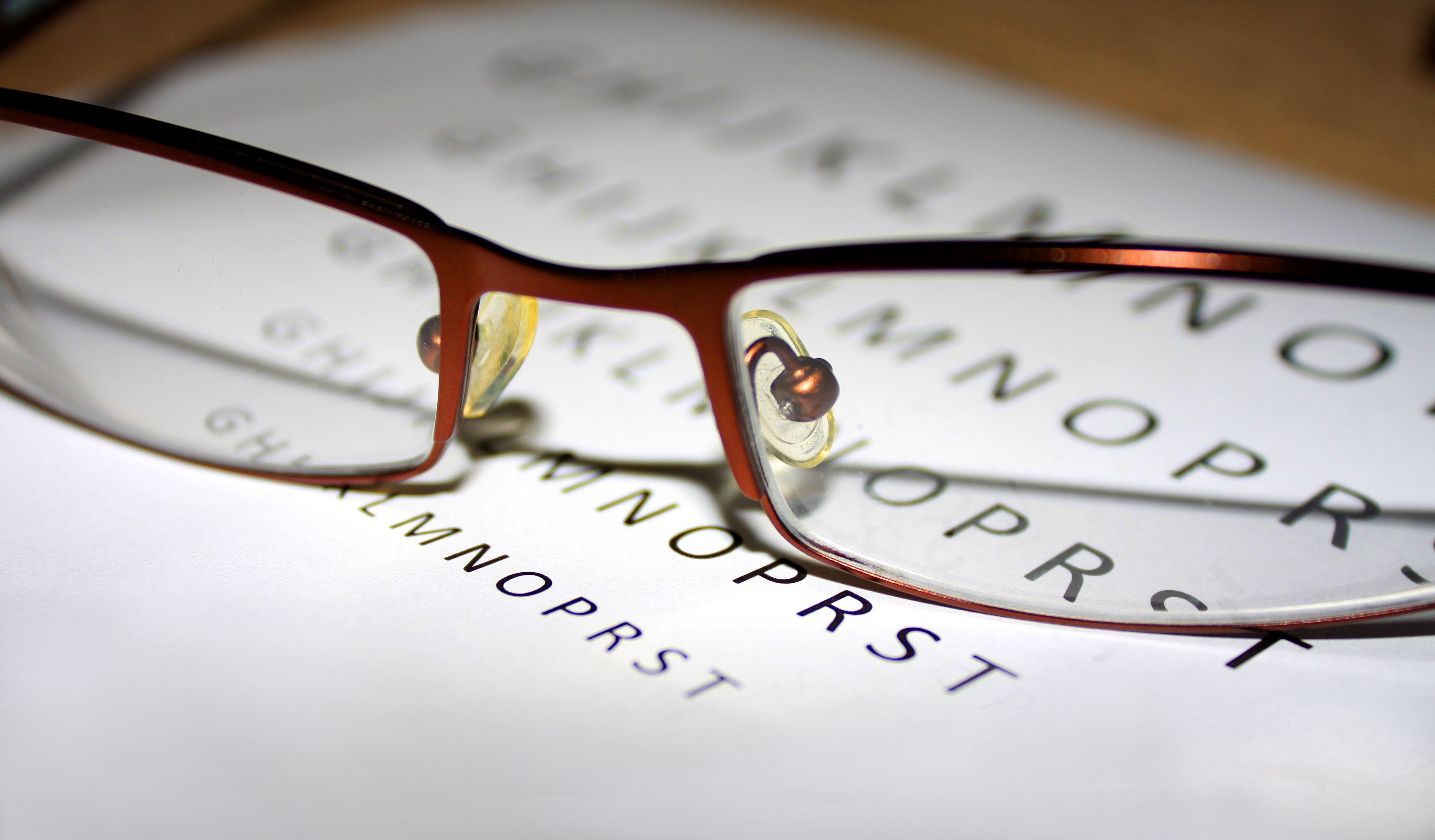Article
Microscopic Eye Movements Improve Visual Acuity
Author(s):
Finely tuned eye movements are instrumental in enhancing visual acuity, according to findings of a study published in Nature Communications.
Finely tuned eye movements are instrumental in enhancing visual acuity, according to findings of a study published in Nature Communications.
The results of the study refute previously held notions that eye movements played no role in attaining high visual acuity. While defects in the optical, structural, or physiological properties of the eye are usually considered the cause of poor visual test outcomes, researchers note that oculomotor activity is rarely monitored during assessments.
When acquiring visual information, even when trying to maintain a steady gaze on a single point, humans’ eyes are constantly moving. “Rapid gaze shifts known as saccades typically occur 2—3 times per second, bringing a new portion of the visual scene into the foveola,” researchers said. They continued, “In between these movements, the so-called periods of ‘fixation,’ the eyes wander incessantly, following seemingly random trajectories (ocular/eye drift) occasionally interrupted by miniature replicas of saccades (microsaccades).”
To determine the role of eye movement in visual acuity, researchers studied subjects’ microsaccades and ocular drift. Thirteen study participants were monitored as they viewed the Snellen eye chart, a commonly used assessment of visual acuity. The chart consists of 11 rows of block letters, where each line displays increasing numbers of letters in decreasing sizes.
Normally, visual input changes with eye movements. However, researchers tested the eye movement theory by ensuring the image of the chart remained stationary on the retina. When they did this, participants exhibited a drastic reduction in visual acuity.
“Researchers stabilized the eye chart on observers' retinas by continually updating the display according to the eye movements, counteracting the movements' effects,” according to a press release.
Initially, participants recorded 20/20 vision as they were able to read line 11 of the chart normally. After stabilization, participants were only able to read to approximately line 6, on average, indicating 20/30 vision.
“We show that humans actively tune both major components of fixational eye movements, ocular drift and microsaccades, to benefit from the spatial and temporal properties of retinal processing,” researchers concluded. When eye movements are altered, acuity is impaired.
These automatic movements are often subconscious, but deliberately performed to maximize vision capabilities. “We found that achieving 20/20 vision is not only the outcome of good optics and a healthy retina but also fine motor control, to a level that eludes awareness,” said Michele Rucci, PhD, an author of the study.
Researchers hope the findings will prompt future studies into the consequences of abnormal eye movements for visual acuity and lead to insights on visual impairments.
Reference
Intoy J, Rucci M. Finely tuned eye movements enhance visual acuity. Nat Commun. 2020;11(795). doi: 10.1038/s41467-020-14616-2.





